 (Two LimeBikes, photographed at Seacrest this week)
(Two LimeBikes, photographed at Seacrest this week)
By Tracy Record
West Seattle Blog editor
You’ve seen them. Maybe you’ve even taken rides on them. Seattle’s bike-share bicycles were one big topic at this month’s West Seattle Transportation Coalition meeting, which also included discussions of the money that’s not being spent (yet) on the on-hold Fauntleroy Boulevard project, and light-rail planning.
First, the bike-share briefing, with SDOT’s program manager Joel Miller, who started with some backstory, going back to the scrapped docked-bike program Pronto: “One of the big lessons learned from Pronto is that you don’t launch a bike-share system in Seattle in October.” So the new dockless bike-share program launched in July and is still in a pilot period, with three companies: LimeBike (green), Spin (orange), and oFo (yellow). You can take the bicycles door to door, or, for example, “door to transit.”
They started with 500 bikes and now have about 10,000 bikes on the street, according to Miller.
So why did they choose the type of program they did? It’s never been done quite this way, so they decided to “see what happens.” If you just have one vendor, you “lose the competitive marketplace that ideally gives users the best choice … and allows for innovation,” Miller said. He says the program is “at effectively no cost to the city.”
They collected data for six months, through the end of the year, working with a data vendor at the UW, and they’re awaiting the final report on that initial six-month period. The companies are in an evaluation period through this July, and then decisions will be made on what the program will look like moving forward.
Regarding outreach/feedback, Miller said, “We’re definitely concerned about the impacts of bikeshare on the disabled community in Seattle.” He said they had a “great public meeting a couple of weeks ago.” They’re also concerned about “equity-based outreach,” being sure everyone is served. Toward that end, “we’re speaking with a lot of community-based groups … to get a feeling for how (the program) can do more for these communities.” And they’re working with Department of Neighborhoods community liaisons. Plus, they’re creating a general survey, after wrapping up a “statistically valid survey” with a vendor, along with reaching out to various groups “like this one.”
Though technical difficulties kept his slide deck from being shown, Miller went through some results –
*468,000 trips in first six months (~2,500/day)
*In 30 months, Pronto had 278,000
*City center, UW are the hotspots of use, followed by Ship Canal, Burke-Gilman Trail – in West Seattle, Alki is the hotspot.
Asked about various other metrics, he said the pilot period included 3 trips per day per 1,000 people, which is about half the rate of, say, New York, which has a fixed-station bike-share program. As for users’ ages, according to the surveying they’ve done so far, about 5 percent of those 55+ had tried the bikeshares, while half of those 18-34 had, Miller said.
The negative impacts of the bikeshare program is the much-discussed problem of improperly parked bikes, Miller acknowledged – for disabled people, vision-impaired people. The permit has specific regulations about where they are to be parked – the space between the walking path of a sidewalk and the curb aka the “furniture zone.” Some areas of the city have a lot of room in those spaces. They’re not supposed to go on corners, not supposed to block a sidewalk, not supposed to be in front of buildings. They’re also not supposed to stay in any one place for more than 7 days.
If these rules are violated, “we’re asking people to contact the companies directly” – and they’re supposed to respond within two hours during the business day, 10 hours during the off-hours. “That’s not consistently happening,” he said. (The contact info for each company is on the SDOT program page.) So they’re working on figuring out how to make sure the companies get people to park better.
WSTC chair Michael Taylor-Judd wondered how the city is gauging whether the current 10,000-bike level is the right amount for the city. Miller says no one has really done the work yet to figure out the ideal fleet size. Part of the challenge is counting the bikes that get stolen, damaged, vandalized.
What about helmets? They’re still working on that “difficult question” with the companies, Miller said. The UW is doing a study “that will look at every bicycle-related incident at Harborview and (follow up with) people to see if they were wearing a helmet and if they were on a bike-share bike.”
Do they have stats for people injured by tripping over the bikes, etc.? Only some anecdotal info, Miller said.
Back to parking – he said they’re experimenting with designated parking spots, starting in Ballard.
WSTC board member Sam Cleary suggested there should be a user-rating system, as there is with car-ride-share systems such as Uber.
Another question: Were the three companies the only ones that asked to be part of the pilot program? Miller said some others have expressed interest, but have been asked to “hold off until we have something ongoing.”
How is the availability of 10,000 shareable bikes around the city affecting the bike-shop business? asked Marty Westerman of the WSTC board. Miller says he doesn’t have an answer but overall, the availability seems to increase biking in general.
Before wrapping up, he also said they’re “pretty happy” so far with the e-bikes launched by at least one provider. Any more questions, Miller says you’re welcome to contact him – joel.miller@seattle.gov
OTHER SDOT UPDATES, INCLUDING THE FAUNTLEROY BOULEVARD $: Bill LaBorde, also from SDOT, was up second. He was asked first about the recent Seattle Times report about the streetcar project possibly costing more to operate than the city had estimated, but didn’t have much information about that.
Next – what about the Fauntleroy Boulevard project, recently put on hold while the Sound Transit West Seattle light rail “preferred alternative” is developed – what will be done with the money? asked Taylor-Judd.
LaBorde said that hadn’t been decided yet: “What we told Councilmember Herbold (and the mayor) is that we’re not reallocating levy dollars out of West Seattle … we still need a little more time to do some work … a couple months at the most … to figure out what sort of suite of options … Are there some elements of Fauntleroy Boulevard that we could move forward with,, regardless of what Sound Transit decides to do? There are potentially elements – pedestrian improvements, curb ramps, maybe some bigger elements than that could be completed, worth doing now … and then the other thing is … what are sort of the best options for reallocating the rest of those dollars in the near term? Some of the obvious ones that have been bounced around – paving needs such as 35th SW, Delridge corridor RapidRide H (beyond the current planned design), the roundabout is another … those are the three big projects, sort of obvious places to reallocate dollars.” He later noted that even if the current “representative alignment” on Fauntleroy is what ST goes with, they still will “have to reconstruct pretty much all of the right of way” because of city standards.
Who’s involved in making the decision on spending the Fauntleroy Boulevard funds? “A few different (entities)” including Councilmember Herbold, the Levy to Move Seattle Oversight Committee, and in May they’ll take some “thoughts and options” to council – the ultimate decisionmakers are the mayor and SDOT director (Goran Sparrman is currently acting director after Scott Kubly’s departure), but with a lot of other input.
Other miscellaneous topics that surfaced:
WSTC board member Mark Jacobs brought up pedestrians using what he viewed as the “bicycle lanes” on the Alki Trail. (Though the SDOT delegation didn’t bring this up, we were told by SDOT quite some time ago that the reason the markings on those lanes haven’t been refreshed is that they are no longer considered to be separate bicycle and pedestrian lanes.)
What about the Avalon paving project – will that be shelved because of possible conflicts with light rail, like Fauntleroy Boulevard? The project area is not expected to be affected by light rail, LaBorde said.
Don Brubeck from West Seattle Bike Connections stressed the importance of focusing improvements on the densest part of West Seattle, The Junction.
WHERE LIGHT RAIL STANDS, FROM STAKEHOLDER ADVISORY GROUP MEMBERS’ PERSPECTIVE: We’ve covered both meetings so far of this committee:
*March
*February
The two West Seattle community reps on the committee Deb Barker and Brian King were both in attendance. Barker summarized where things stand – including comments from three open houses and the “online open house.” She mentioned the “amazing” layering of sticky-note comments at the February 13th Wets Seattle open house (WSB photo below) – “we definitely had more comments than” the other two, which she also attended.
 (WSB photo, Sound Transit’s West Seattle open house on February 13)
(WSB photo, Sound Transit’s West Seattle open house on February 13)
She mentioned the summary of “early scoping” comments that was part of this presentation at last week’s SAG meeting.
“There’s a lot of stuff that they have to look at,” she summarized. And she reminded everyone that it’s “going fast.” The next step, again, is neighborhood forums – she wondered if WSTC might want to bring the West Seattle neighborhood forum into its next meeting, as ST is “looking at several different options.” Taylor-Judd wondered if the agency really would be open to co-sponsorship/partnership. He also noted that a lot of what was brought up at the WSTC workshop last year has turned up in the ST summary – aside from parking. He also said that Delridge (where he lives) is “very interested” in hosting a Neighborhood Forum.
Some discussion ensued about Metro routes’ future once light rail launches. Taylor-Judd noted that so far, it’s been suggested that Metro would stop all but two bus routes at the bridge. WSTC board member Chas Redmond said he thinks there should be consideration of converting West Seattle buses into Water Taxi-shuttle-size buses. He also suggested to the stakeholder group members that if ST is not going to talk about certain ideas that are raised – such as parking garages – they should explain why: “You guys need to make them even more honest than they are.” Westerman also wondered how flexible Sound Transit is going to be, and Barker and King said that’s not entirely clear, though he thought “there’s some design flexibility.”
Next Stakeholder Advisory Group meeting is April 17th. The public is welcome, though there’s no spoken-comment period at these meetings.
ALSO AT THE MEETING: Taylor-Judd mentioned the upcoming May 19th Forum on Transportaiton Alternatives (here’s our coverage of last year’s version), 1:30 pm at the Senior Center of West Seattle (4217 SW Oregon). A strong lineup of speakers is booked.
The West Seattle Transportation Coalition meets at 6:30 pm fourth Thursdays at Neighborhood House High Point.

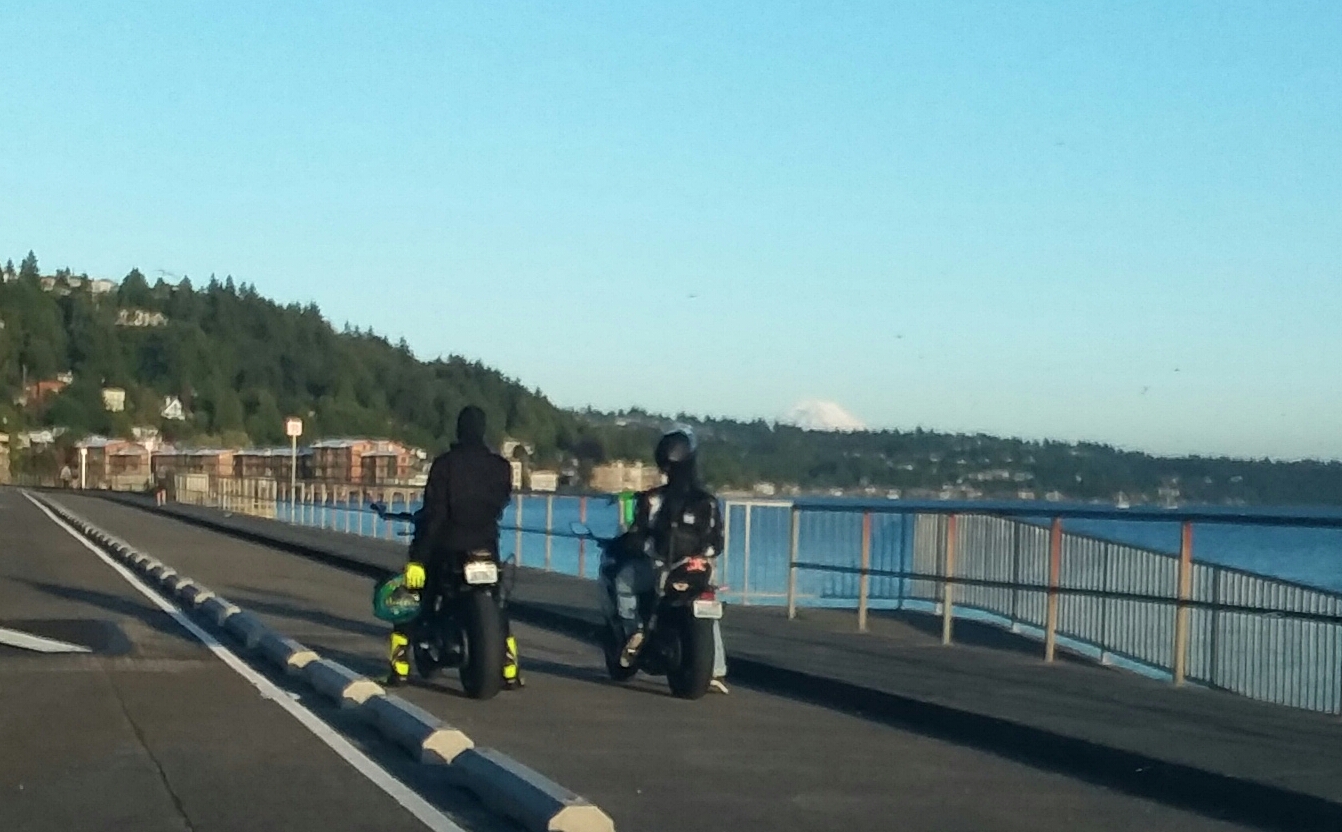
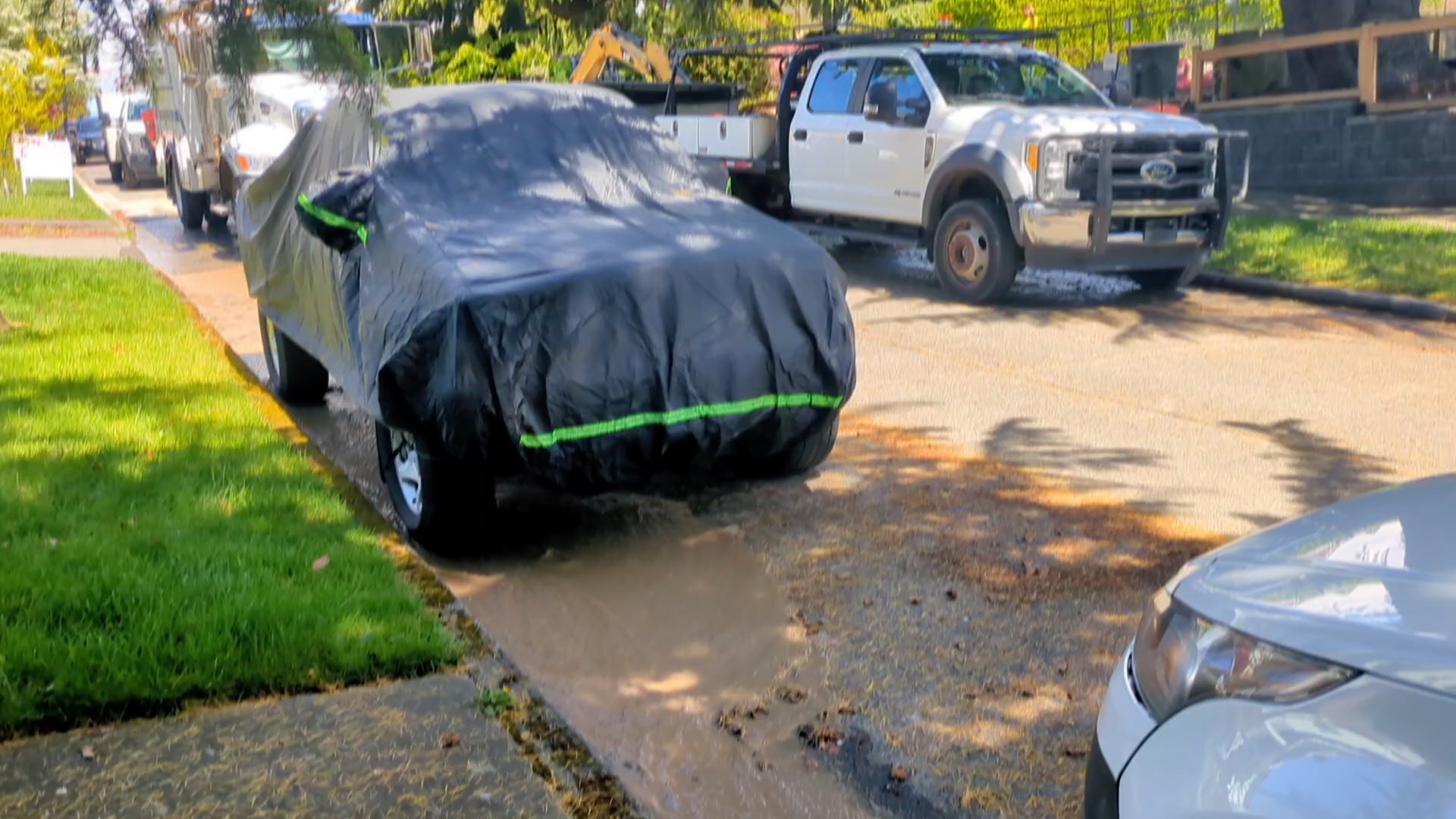


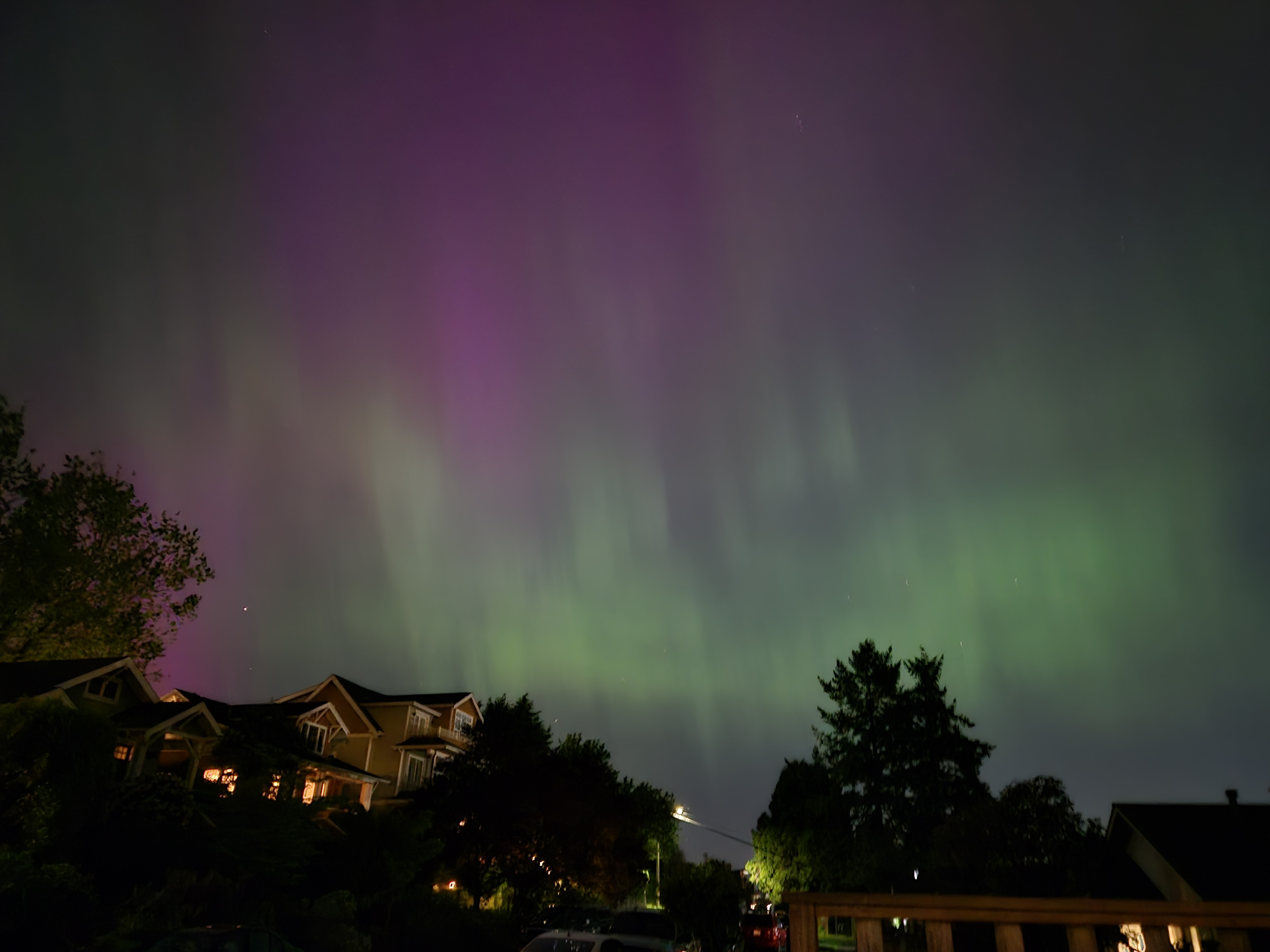
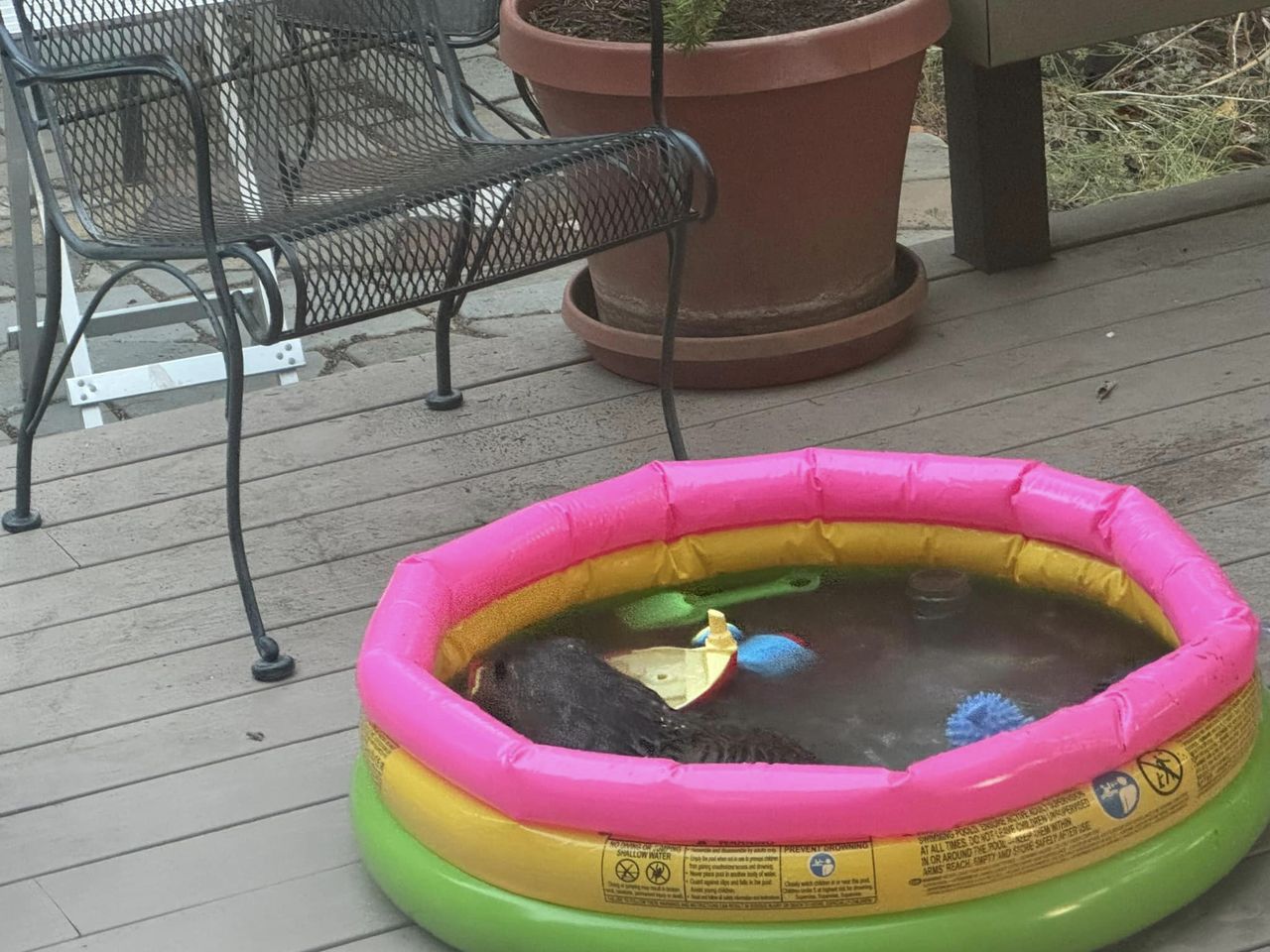


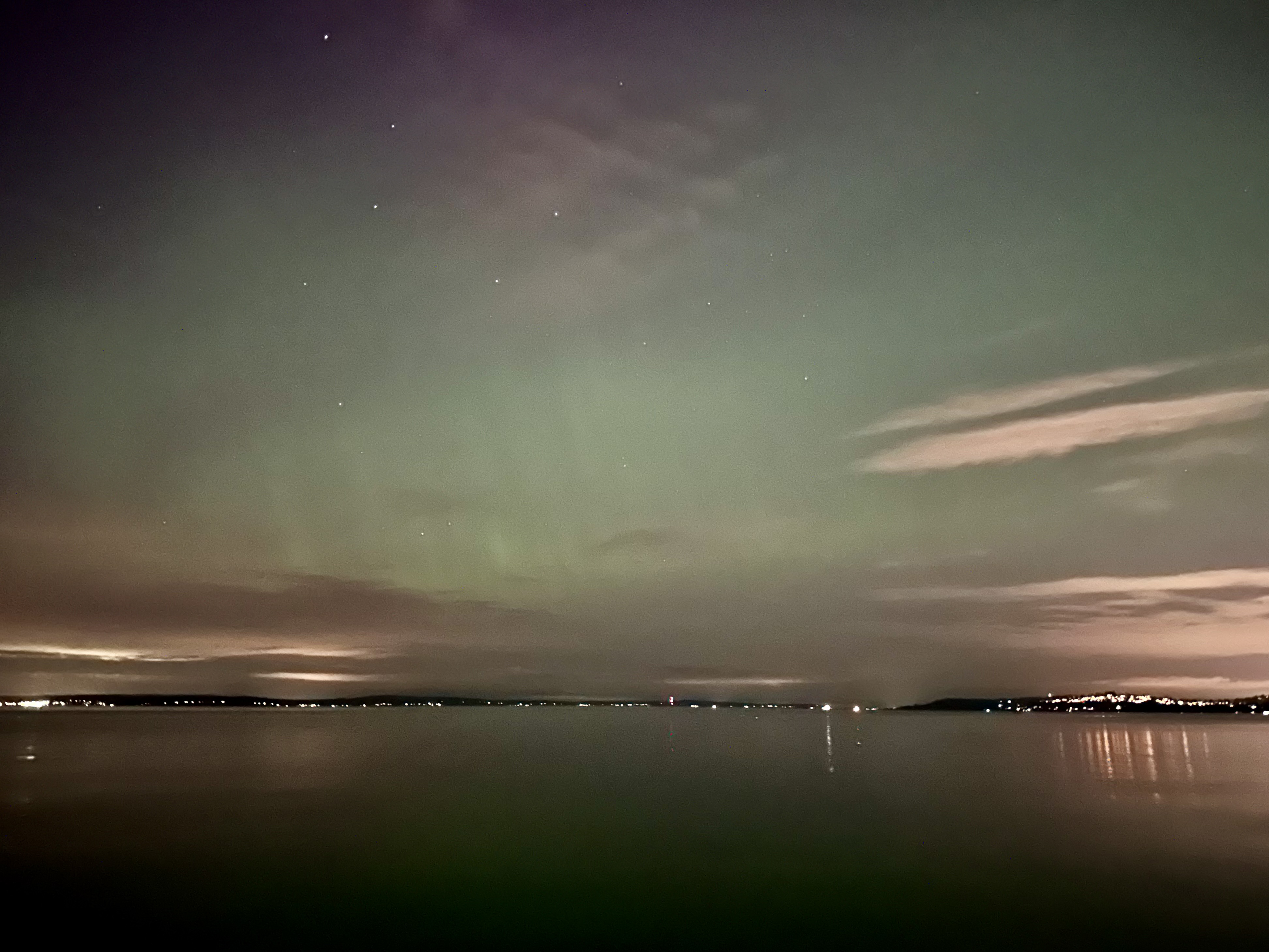

| 83 COMMENTS